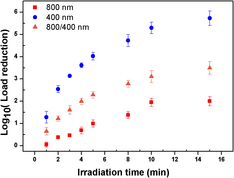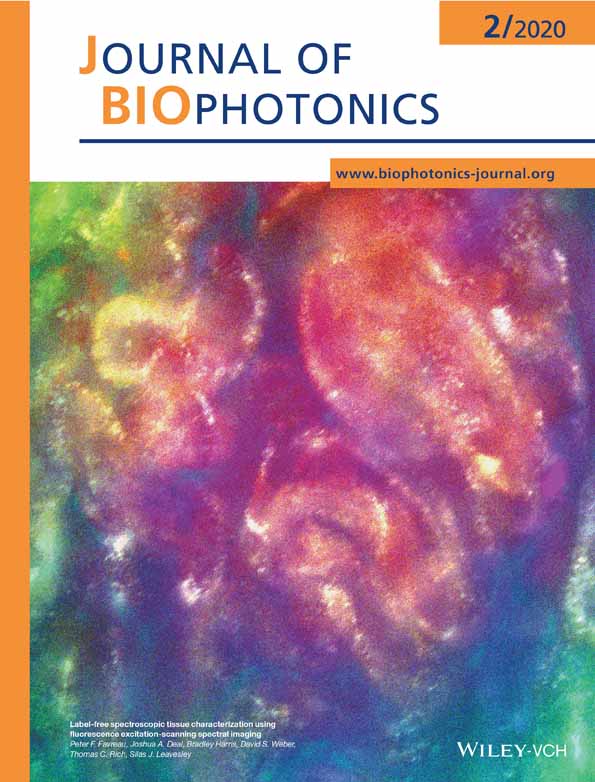Accelerated inactivation of M13 bacteriophage using millijoule femtosecond lasers
Abstract
Irradiation of femtosecond (fs) pulse lasers in the visible and near-infrared ranges have been proposed as a promising approach for inactivating viruses. However, in order to achieve significant virus inactivation, past works have required relatively long irradiation times (1 hour or longer), even for small volumes. Given its advantages compared with other techniques, there is an urgent need to shorten the time required to inactivate viruses using fs laser technology. In this study, we investigate the inactivation of purified M13 bacteriophage in phosphate-buffered saline with large active volume (1 cm3), and short exposure time (several minutes), using lasers with 20 mJ/pulse energy at various wavelengths (800, 400 nm or both 800 and 400 nm combined). For an exposure time of 15 and 2 minute, the use of a 400 nm wavelength laser results in a high load reduction of 5.8 ± 0.3 and 2.9 ± 0.15, respectively, on the log10 scale of viability. We show that virus inactivation using the 400 nm laser is much more efficient compared with that using an 800 nm laser, or the simultaneous irradiation of 400 and 800 nm lasers. Higher pathogen inactivation is observed for lasers with shorter pulse duration, whereas at longer pulse durations, the inactivation is reduced. For millijoule-energy fs laser irradiation, the M13 bacteriophage inactivation, via the reduction of the functionality of M13 bacteriophages, is accompanied with relatively small amounts of genetic damage.




